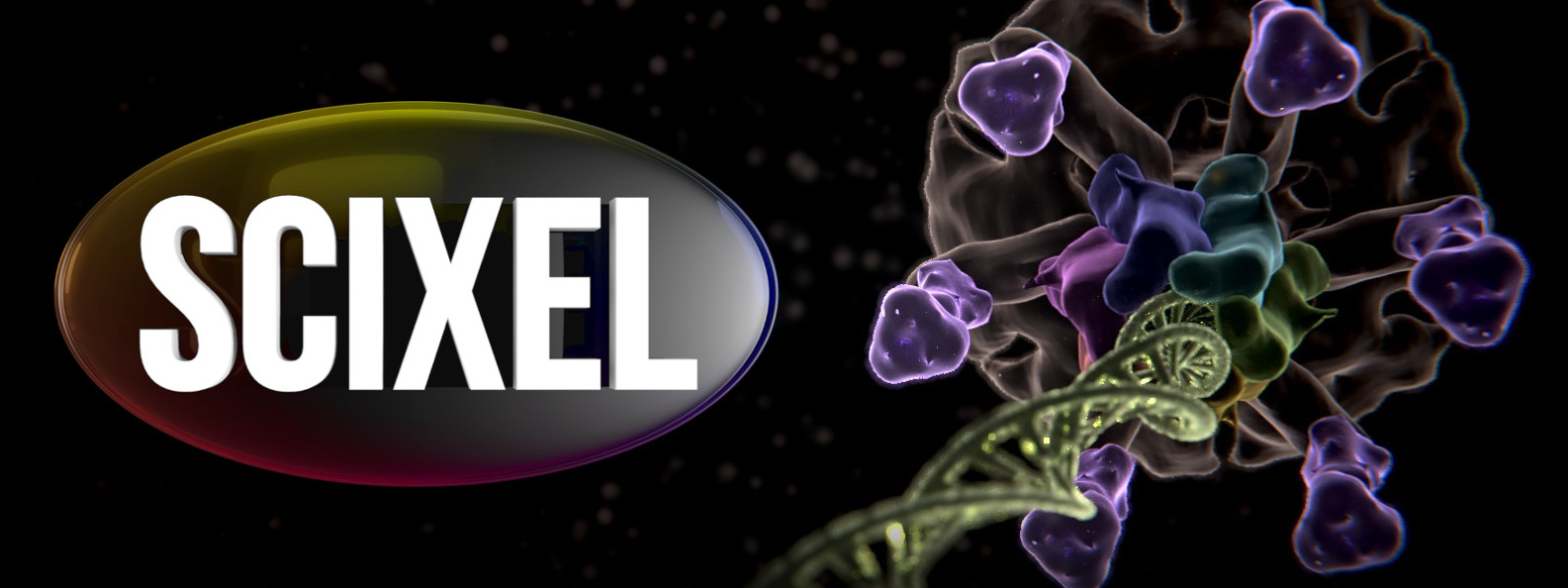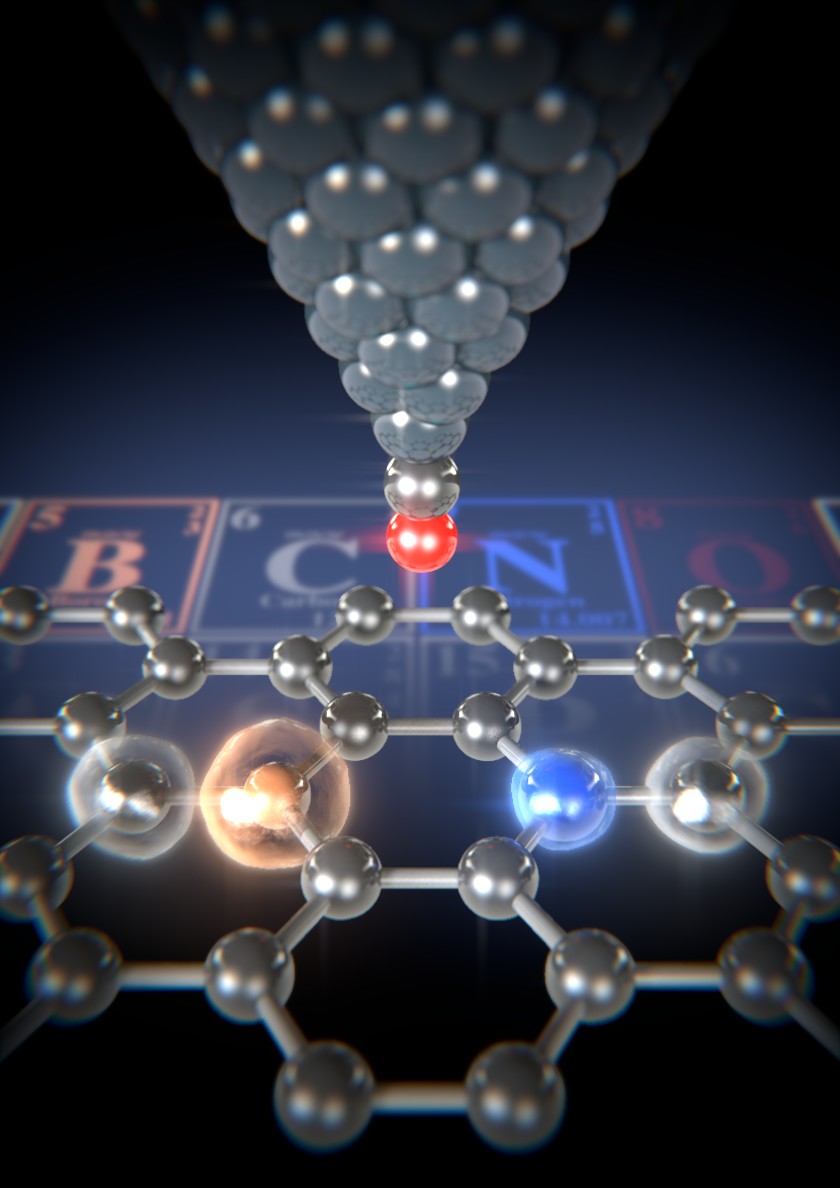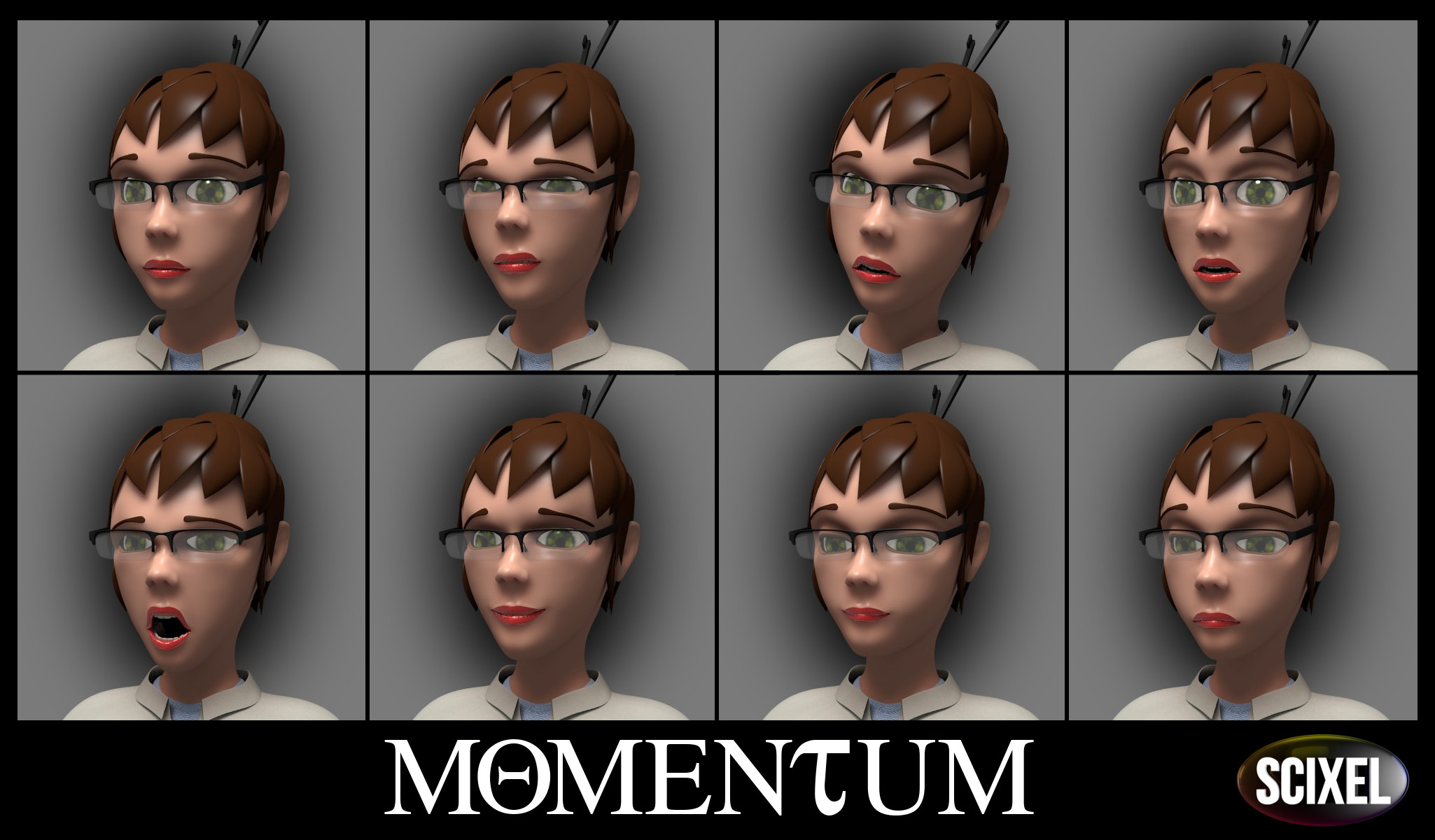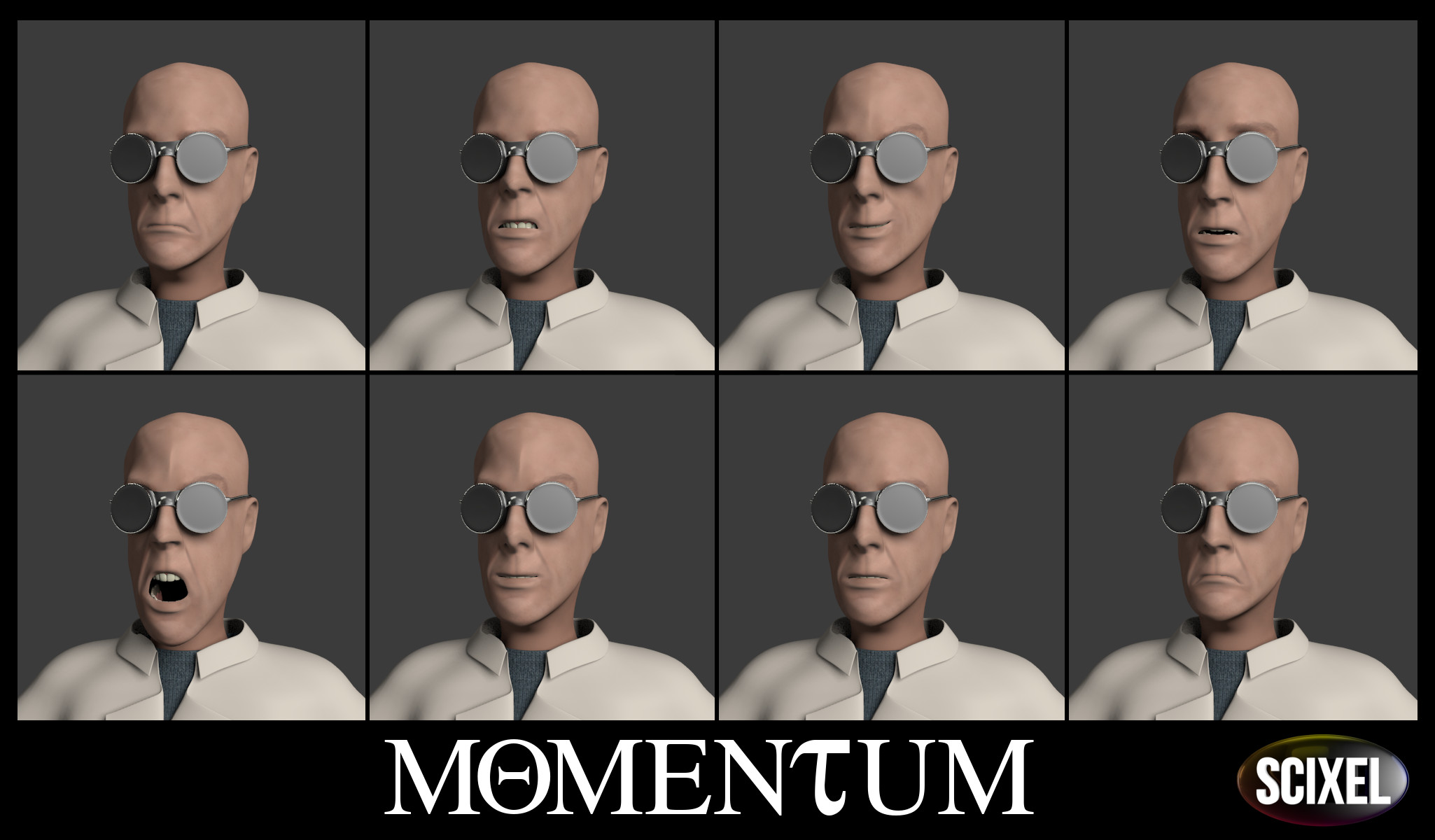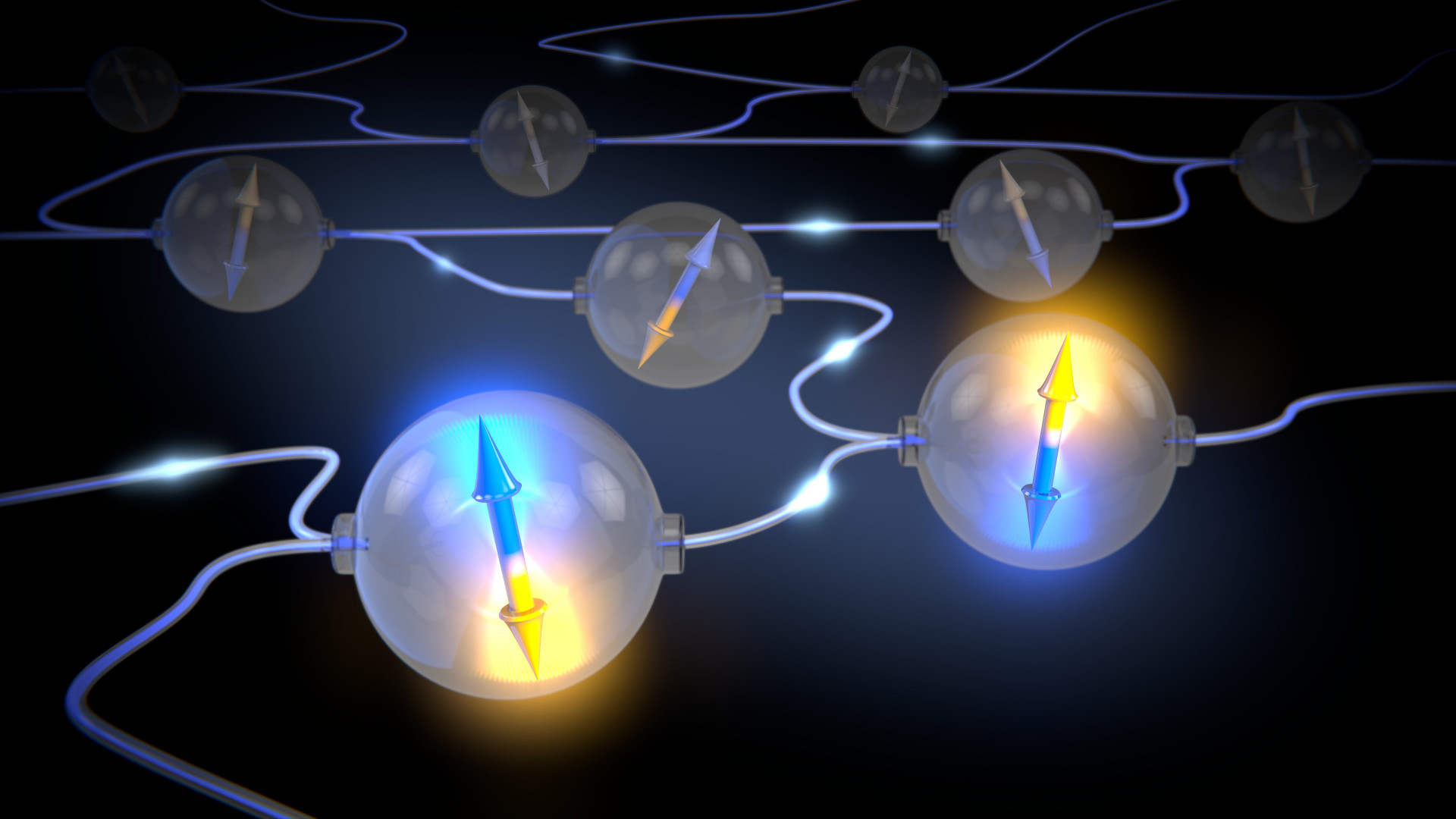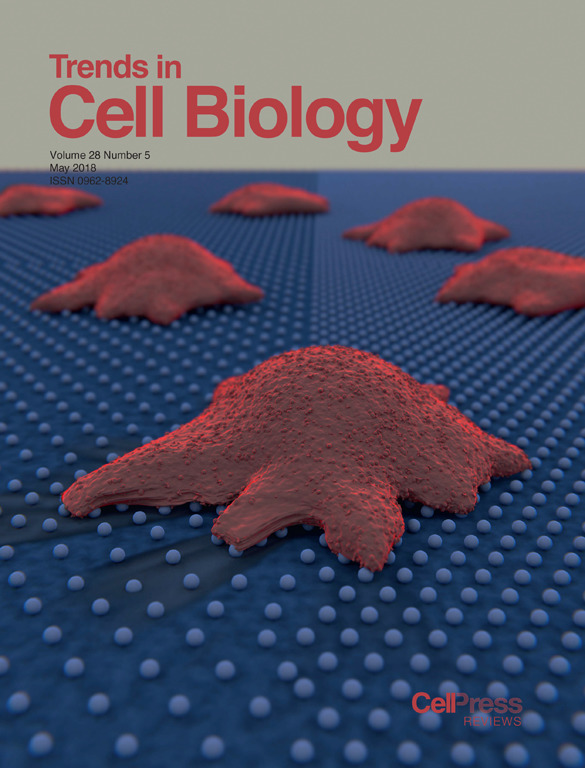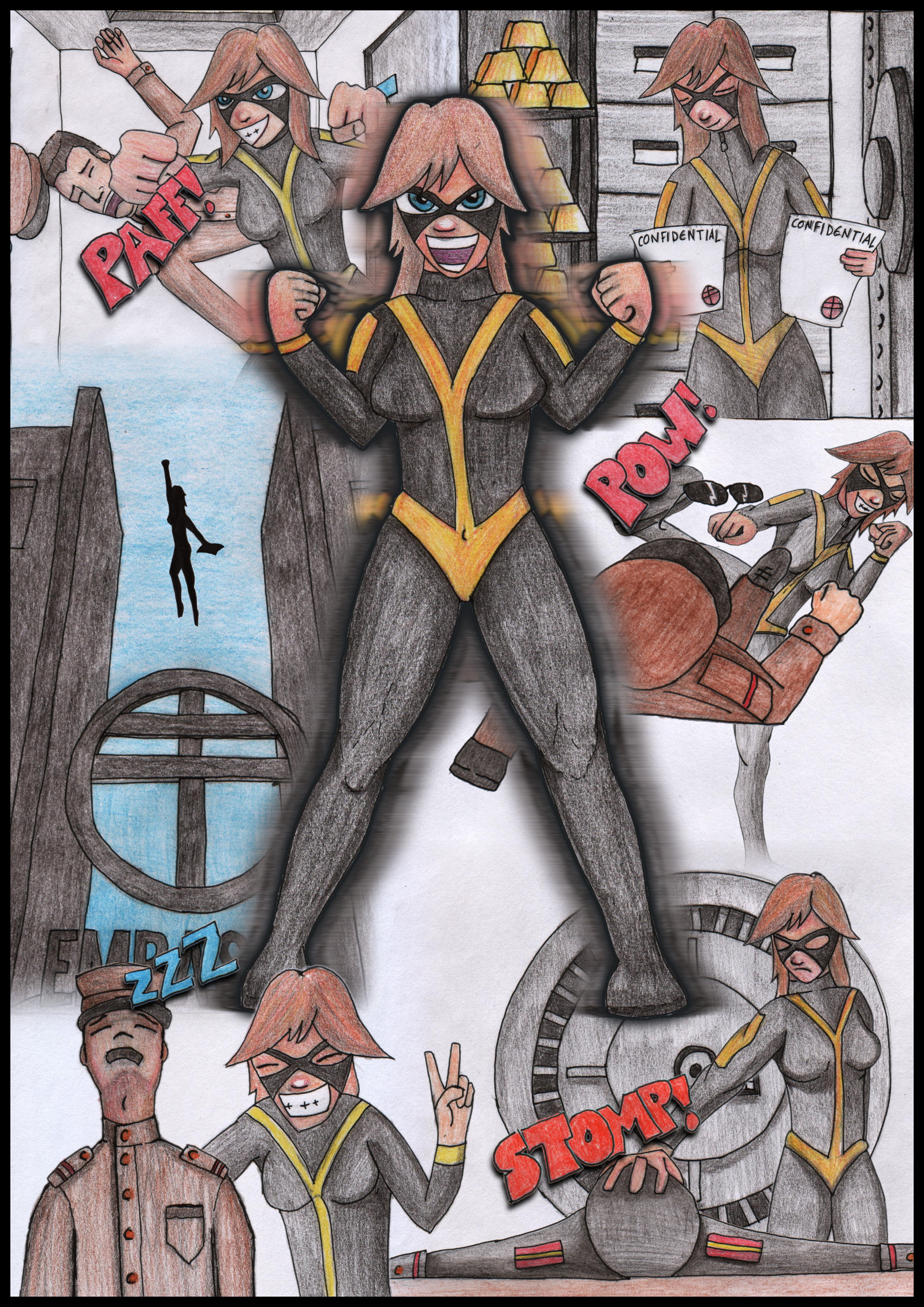Early this year, Prof. Shigeki Kawai asked me to make a picture illustrating his new achievement. He, at NIMS (Japan), together with a team at Basel University, had succeeded at detecting single atom impurities in graphene ribbons.
Keeping it clean!
Several modern applications require antireflective transparent materials. We try to avoid reflections in our screens and clean transparent coatings are essential in solar panels. Scientists have been looking for a clean, cheap and durable solution for quite long. And this is exactly what Prof. Isabel Rodriguez et al. have recently reported in Nanoscale.
Thanks to this collaboration (IMDEA Nanociencia & IMDEA Materiales) a new coating system has been developed. The methodology involves the fabrication of sub-wavelength moth-eye nanofeatures onto transparent surface composite films in a combined processing step of nanoparticle coating and surface nanoimprinting.
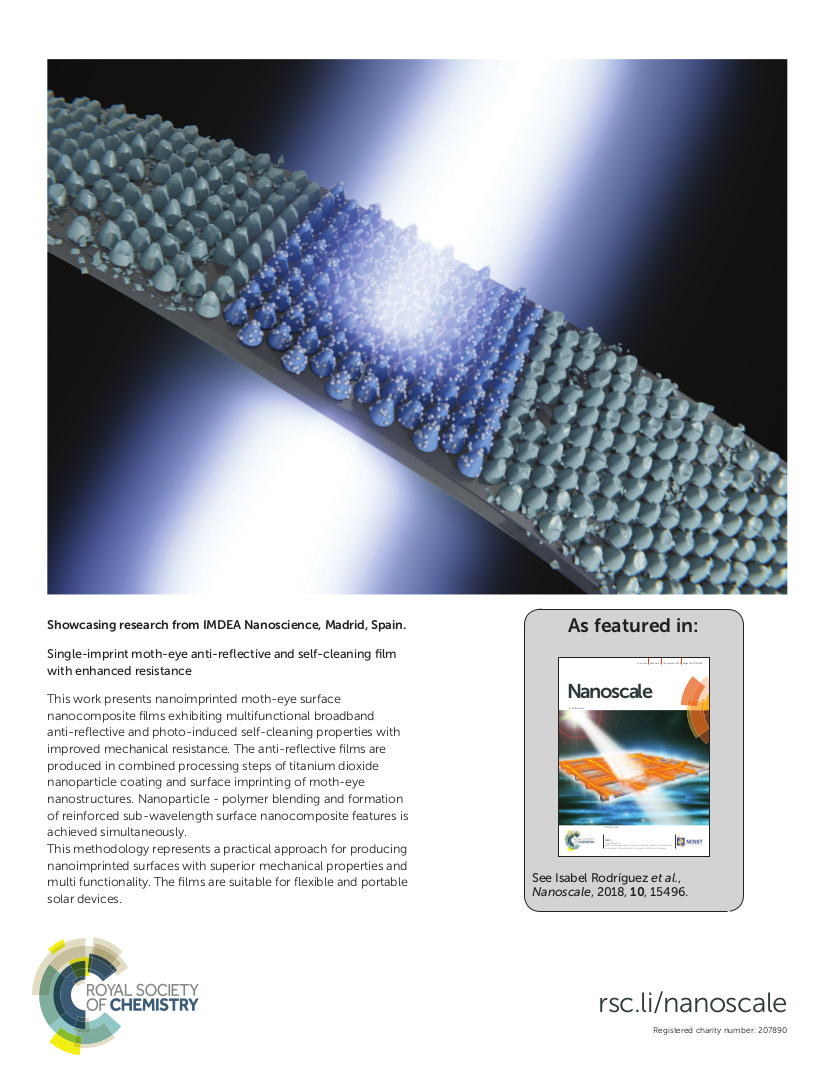
With this approach they’ve been able to reduced the optical reflection losses from values of 9% of typical PMMA plastic films to an optimum value of 0.6%.
We made this picture (which appeared in the back cover of Nanoscale) with the supervision of Prof. Rodriguez. It represent both the high transmission coefficient of this new coating system and its durability.
Cocaine detection
Cocaine happens to be one of the most illicit drugs in Europe and US. Yet, estimations say there are around 17 million users worldwide. This together, makes important the detection of cocaine and having devices able to precisely measure a wide range of cocaine concentrations in street samples. At TU Delft, together with the Netherlands Forensic Institute Lukasz Poltorak et al. have proposed a successful method which allows not only the detection of very different concentrations of cocaine but also the analysis and detection of cutting agents.
Industrializing entanglement
It is hard to imaging the making of the first transistor, now that we make them by the millions. How did we went from making a single, precious and delicate transistor to its mass production?
In a way we are living that very same moment with quantum entanglement (QE). Just months ago the QE of two particles meant a huge achievement. Today, ‘on demand’ entanglement links have been reported in Nature. Quantum entanglement is the pillar of a secure quantum internet. So a way to establish fast and stable links between particles is needed. Thanks to Prof. R. Hanson (QuTech and Kavli Institute of Nanoscience, TuDelft), we are at the verge of QE mass production.
As it is explained at TuDelft website “First of all, they demonstrated a new entanglement method. This allows for the generation of entanglement forty times a second between electrons at a distance of two metres. Peter Humphreys, an author of the paper, emphasises: ‘This is a thousand times faster than with the old method.’ In combination with a smart way of protecting the quantum link from external noise, the experiment has now surpassed a crucial threshold: for the first time, entanglement can be created faster than it is lost.”
Michel van Baal kindly asked for our help in the making of a picture of quantum network. We feel kind of proud been close witnesses of these important discoveries.
Cybersecurity
The cyberspace is getting really messy. Projects like CYBECO are strengthening cybersecurity by using innovative risk analysis models.
We have collaborated with Filmociencia (our weapon of choice) to make this animation in record time.
The perfect blend
FRET is a mechanism describing energy transfer between two light-sensitive molecules. Dr. Juan Cabanillas (IMDEA Nanociencia) et al. have studied different fluorene-based polymer blends to produce low threshold lasers operating between 540 and 590 nm (green/yellow). They’ve established the optimal conjugation length of the polymers (number of units) which produces a 4 times increase in optical gain and a 34 reduction in amplified spontaneous emission threshold.
This research has appeared in the cover of Advanced Functional Materials.
The scouts finally arrived
A few months ago we made a press release on the recent work of Prof. Pere Cusachs: a beautiful research where they study how the cell interacts with its environment.
We help them made a beautiful image for them, picturing a cell exploring its surroundings. That image got particularly popular, making it to PhD manuscript covers and even t-shirts.
Finally, a different version of the picture made it to the cover of a biology journal: Trends in Cell Biology
NanoCosmos: the beginning
About 4 years ago Prof. Jose Ángel Martín Gago approached me to talk me about the NANOCOSMOS project. As they explain in their website, “NANOCOSMOS will take advantage of the new observational capabilities (increased angular resolution) of the Atacama Large Millimeter/submillimeter Array (ALMA) to unveil the physical and chemical conditions in the dust formation zone of evolved stars”. Simply put, they are studying the debris stars create and the role this dust plays in the life/death recycling story of the universe.
This is a huge ERC funded project directed by Prof. José Cernicharo which has put together research groups from Spain and France.
And this is where Natalia Ruiz Zelmanovitch (Public Information Officer of the project) appears. She happens to be the most-committed-with-outreach-and-dissemination-of-science I’ve ever met. And she wants to tell the story of the NANOCOSMOS project. And she wants to tell it right.
She is behind the production of “NANOCOSMOS: un viaje a lo pequeño.” Here you can watch the trailer:
Scixel has been in charge of the 3D visualizations of the space: stars, nebulae, galaxies and planetary systems. We have been working with the Nanocosmos people for a few years now and I can tell you, if I know Natalia enough, this is just the beginning. So, stay tunned!
Splitting Miss Young
We participate in outreach projects every time we can. And this is one of those. Nanokomik is a comic contest organized by the research centers CIC nanoGUNE and the Donostia International Phyisics Center (DIPC). Last year’s challenge was to create a graphic story about a female or male comic superhero with “nanopowers”, that is, sophisticated skills or powers acquired through nanoscience and nanotechnology.
We created Miss Young, a superhero with the ability of been everywhere at the same time when nobody is observing her.
We didn’t win the contest but it certainly was a great experience to make our first comic in a traditional way.
